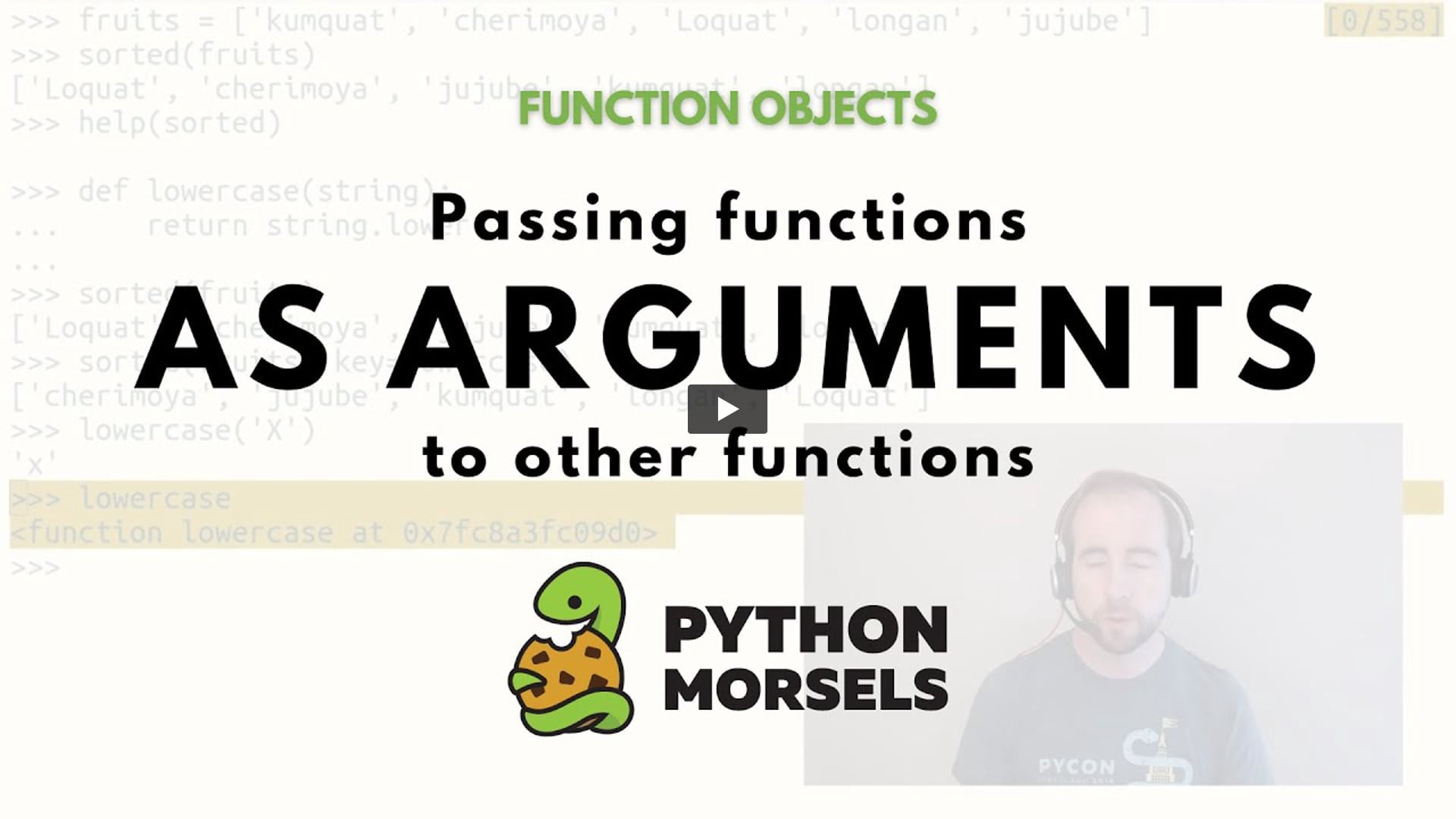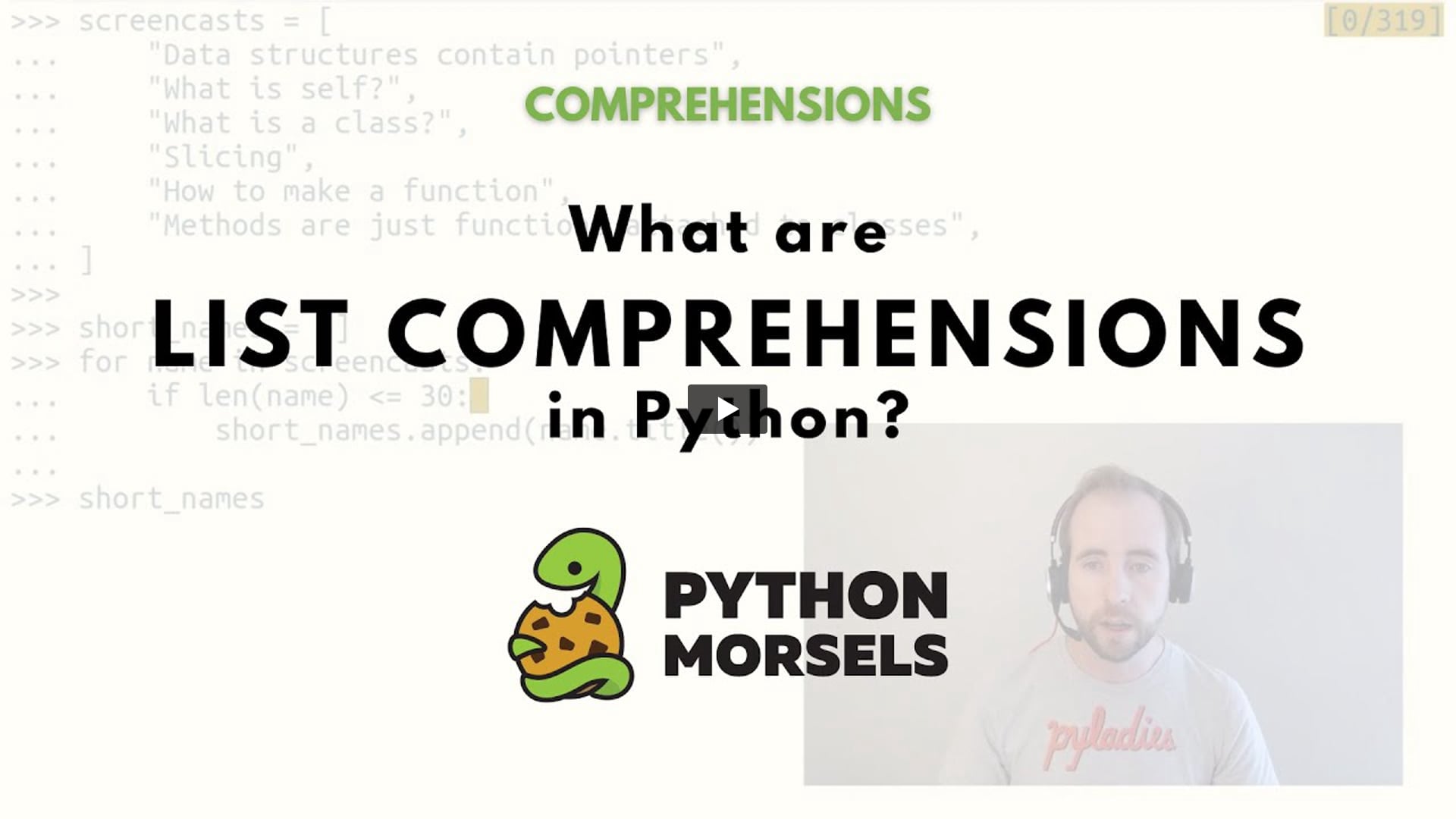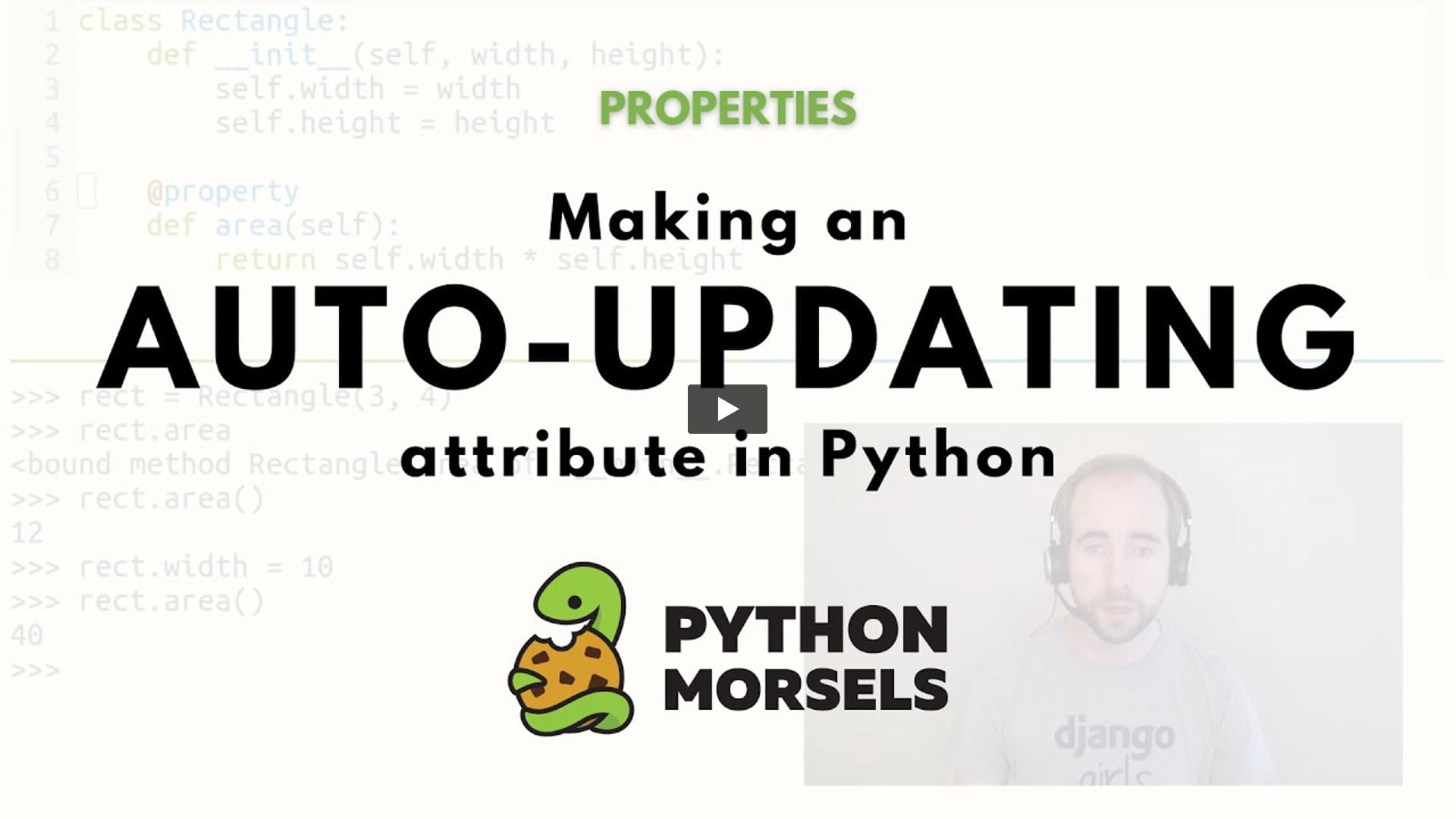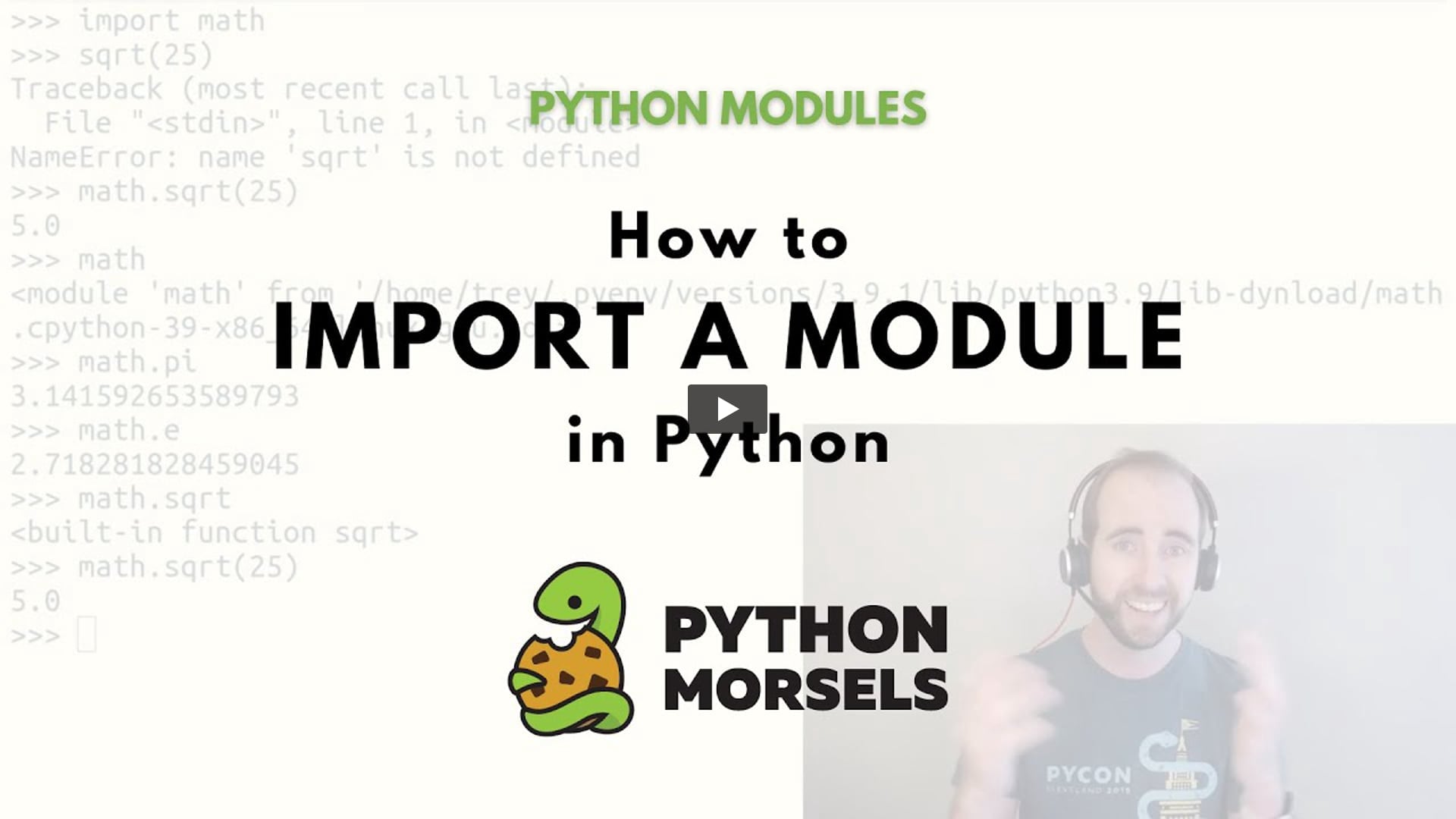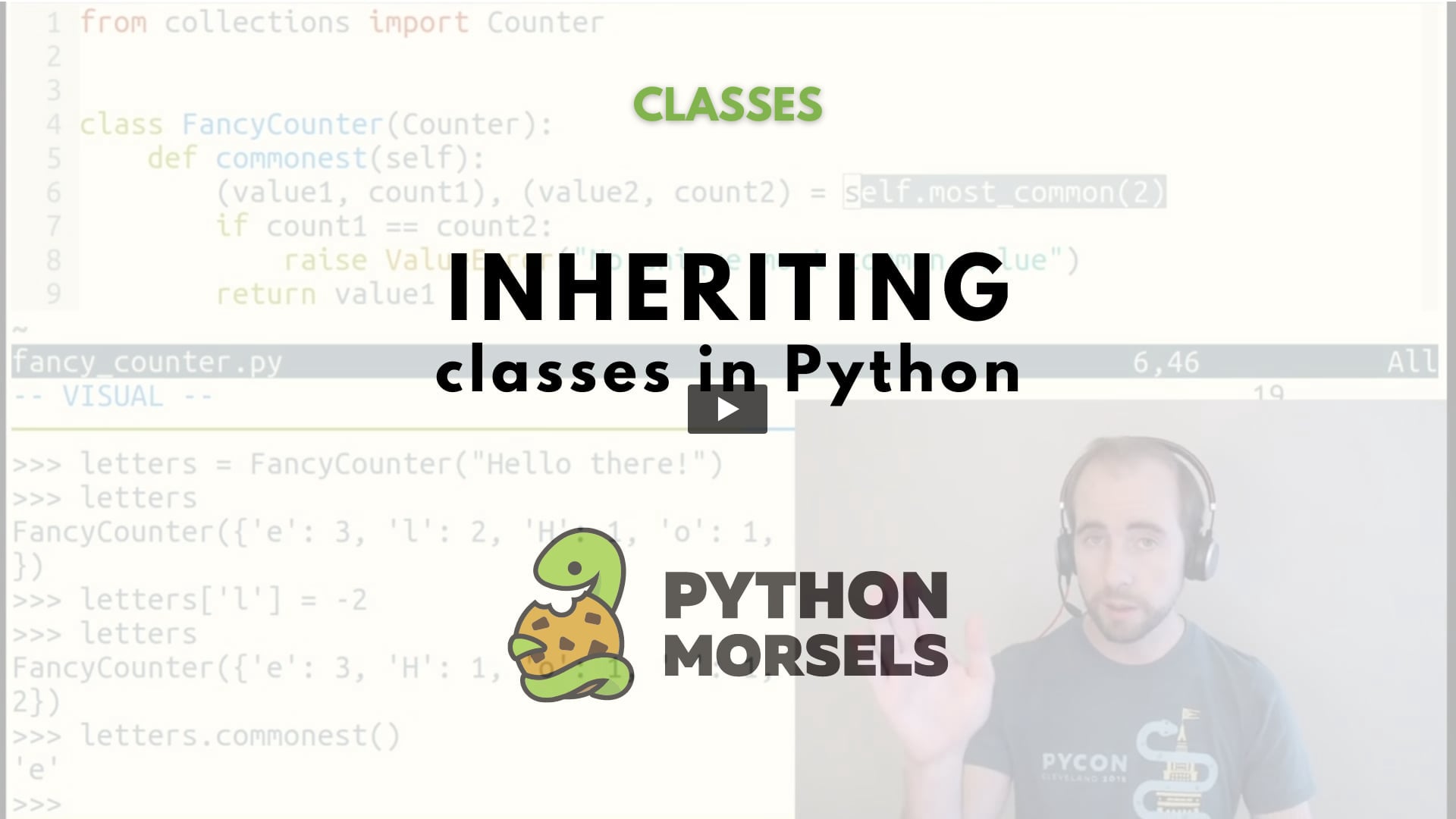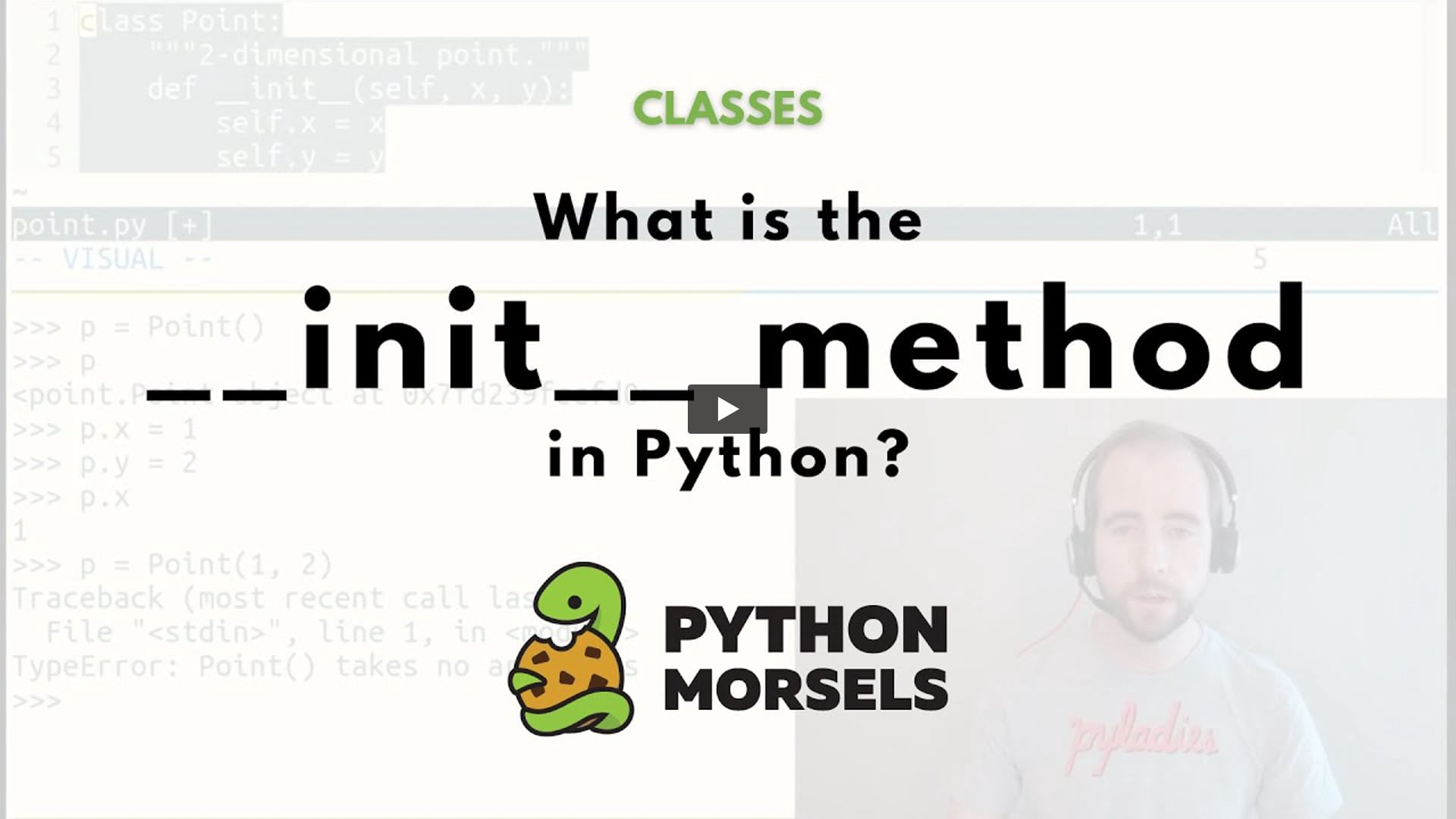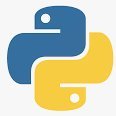
Python Chat
@PythonChat
Live webcasts for #Python developers. Tweets by @treyhunner.
Może Ci się spodobać
Does your company have an individual training budget that expires at the end of year? 💸 If you use #Python at work, sign up for the @PythonMorsels All Access plan and submit your training reimbursement before year end. 🐍💼 pythonmorsels.com/all-python-exe…
pythonmorsels.com
Python skill-building for professional developers
Practice a new intermediate-level Python concept every week
Managing a #Python team and want to chat about your team's skill trajectory? I have ideas & opinions! I'd love to chat about: 1. On-boarding new hires 📋 2. Fostering kind code style discussions 🐕 3. Learning from each other regularly 👩🏫 4. Team learning in general 🤔 DM me 💬
New blog post: What's great about #Python 3.10? There's some fun new features, but improved error messages are *the* winning Python 3.10 feature. treyhunner.com/2021/10/whats-…
When we use keyword/named arguments, it's the name that matters, not the position Read the full article: Keyword (Named) Arguments in Python: How to Use Them ▸ trey.io/U92hu3 #Python
Our class instantiation syntax in Python is the same as our function call syntax. Instead of "new SomeClass()" we write "SomeClass()". Because of this we use the word "function" in a fuzzy way: "function" is often used to mean "callable". pythonmorsels.com/topics/callabl…
A callable is an object that you can call. Functions are callables in #Python, but so are classes (many of the "built-in functions" are actually classes). pythonmorsels.com/topics/callabl…
In #Python, you can pass function objects as an argument to another function. In fact, some of the built-in functions, like sorted, specifically accept functions as an argument. pythonmorsels.com/topics/passing…
You can break up long lines of #Python code with implicit line continuation. PEP 8 recommends relying on implicit line continuation instead of putting a \ at the end of lines to continue them. pythonmorsels.com/topics/breakin…
If you're new to list comprehensions in #Python, I recommend writing your comprehensions by copy-pasting your way from a "for" loop. This way you can anchor your understanding of comprehensions on your existing knowledge of "for" loops. pythonmorsels.com/topics/turning…
What is a list comprehension in #Python? What are they used for and how are they different from a for loop? pythonmorsels.com/topics/what-ar…
Something folks often ask me in my Python trainings: are immutable objects the same as constants? 🤔 They're not! 😮 Immutable objects stop you from mutating an object but constants stop you from assigning to a variable (remember: variables are pointers in Python). 🐍🍪
We have immutable objects in Python but we don't have constant variables. The UPPERCASE_CONVENTION for constants is just a naming convention in #Python. It doesn't stop variables from being re-assigned. pythonmorsels.com/topics/python-…
A callable is an object that you can call. Functions are callables in #Python, but so are classes (many of the "built-in functions" are actually classes). pythonmorsels.com/topics/callabl…
Need an attribute that updates its value automatically? Use a property! In the #Python world, we tend to prefer properties over getter methods. pythonmorsels.com/topics/making-…
We have immutable objects in Python but we don't have constant variables. The UPPERCASE_CONVENTION for constants is just a naming convention in #Python. It doesn't stop variables from being re-assigned. pythonmorsels.com/topics/python-…
Checking an object's truthiness checks for non-emptiness and non-zero-ness. FYI: the #Python docs don't mention "truthy" or "falsey" even once. The docs call it "truth value testing" but Pythonistas rarely use that phrase colloquially. pythonmorsels.com/topics/truthin…
Instead of using hard-coded indices to get tuple elements, use tuple unpacking to give descriptive names to each item. Important items should have a name instead of a number. #Python pythonmorsels.com/topics/tuple-u…
When you import a module in #Python, you'll get access to a module object with attributes representing each of the variables in that module. pythonmorsels.com/topics/importi…
Let's look at different techniques for counting the number of times things appear in a list. Read more 👉 trey.io/wV2O5R #python
Parentheses in #Python's class & function definitions mean different things In a function definition, parentheses after the name denote the functions' arguments. In a class definition, parentheses after the name denote the class' parent classes. pythonmorsels.com/topics/inherit…
Classes, modules, and functions are all mutable objects in #Python 🤯
In #Python, everything is an object. Classes are objects. Modules are objects. Functions are objects. In fact, they're all mutable objects! pythonmorsels.com/topics/everyth…
The first method you'll see in most #Python classes is the init method. This isn't a constructor method but an initializer method (because by the time init is called, a new class instance has already been "constructed") pythonmorsels.com/topics/what-is…
United States Trendy
- 1. Bama 33.3K posts
- 2. Oklahoma 56.1K posts
- 3. Ryan Williams 3,506 posts
- 4. Mateer 10.8K posts
- 5. #JakeJoshua 45.6K posts
- 6. #CFBPlayoff 13K posts
- 7. #RollTide 12.2K posts
- 8. Ty Simpson 4,497 posts
- 9. Epstein 1.12M posts
- 10. Clinton 211K posts
- 11. Woodley 16.1K posts
- 12. Anderson Silva 12.5K posts
- 13. 50 Cent 31.2K posts
- 14. #SmackDown 18.4K posts
- 15. Alycia 5,997 posts
- 16. #BostonBlue 2,801 posts
- 17. Chris Finch 2,841 posts
- 18. DeBoer 6,945 posts
- 19. Bernard 9,889 posts
- 20. Jam Miller N/A
Może Ci się spodobać
-
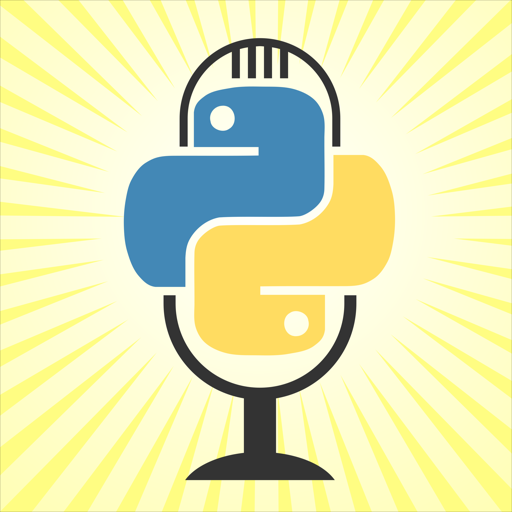 Talk Python Podcast
Talk Python Podcast
@TalkPython -
 Michael Kennedy
Michael Kennedy
@mkennedy -
 Trey Hunner
Trey Hunner
@treyhunner -
 import python 🐍
import python 🐍
@importpython -
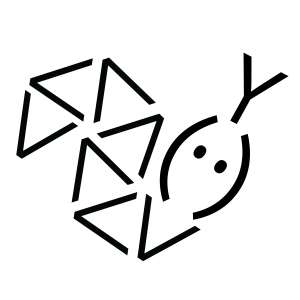 PythonAnywhere
PythonAnywhere
@pythonanywhere -
 Pybites
Pybites
@pybites -
 Matt Makai | Full Stack Python | Plushcap
Matt Makai | Full Stack Python | Plushcap
@fullstackpython -
 Daily Python Tip 🐍🐧
Daily Python Tip 🐍🐧
@python_tip -
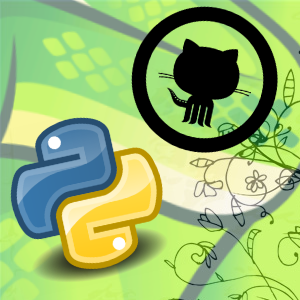 Python Trending 🇺🇦
Python Trending 🇺🇦
@pythontrending -
 EuroPython
EuroPython
@europython -
 PyCon US
PyCon US
@pycon -
 Dan Bader
Dan Bader
@dbader_org -
 Bob Belderbos
Bob Belderbos
@bbelderbos -
 Hynek Schlawack
Hynek Schlawack
@hynek -
 Kenneth Reitz
Kenneth Reitz
@kennethreitz42
Something went wrong.
Something went wrong.


















